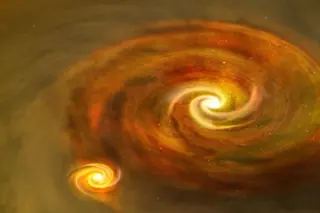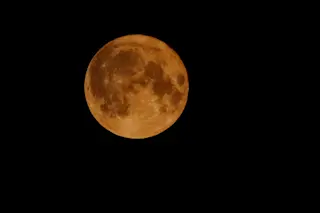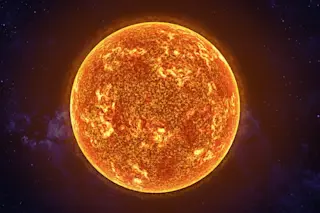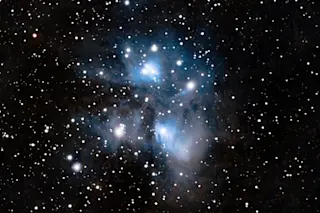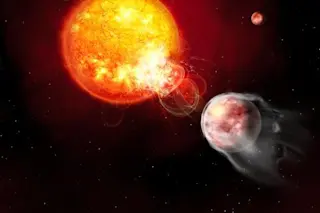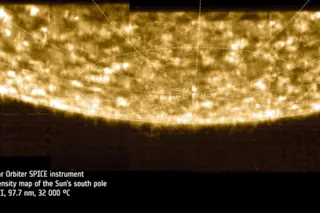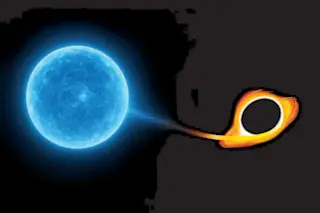Researchers have found two massive young stars nestled closer together than anything astronomers have seen so far. By studying PDS 27 and its companion, located about 8,000 light-years from Earth, astronomers hope to learn more about how stars like this form and evolve.
Something like half the stars in our galaxy orbit in pairs, triplets or even quadruple star systems. And scientists suspect that nearly all of them may form in multiples before splitting apart as they age. This is because stars form in groups, with the massive clouds of dust and gas that give birth to stars – stellar nebulae – forming thousands of stars in brief periods. Often these stars are born close enough to orbit one another, and that’s why stellar twins and triplets are quite common in the universe. High-mass stars in particular, like PDS 27, are almost always born with companions.
But even these sibling ...


